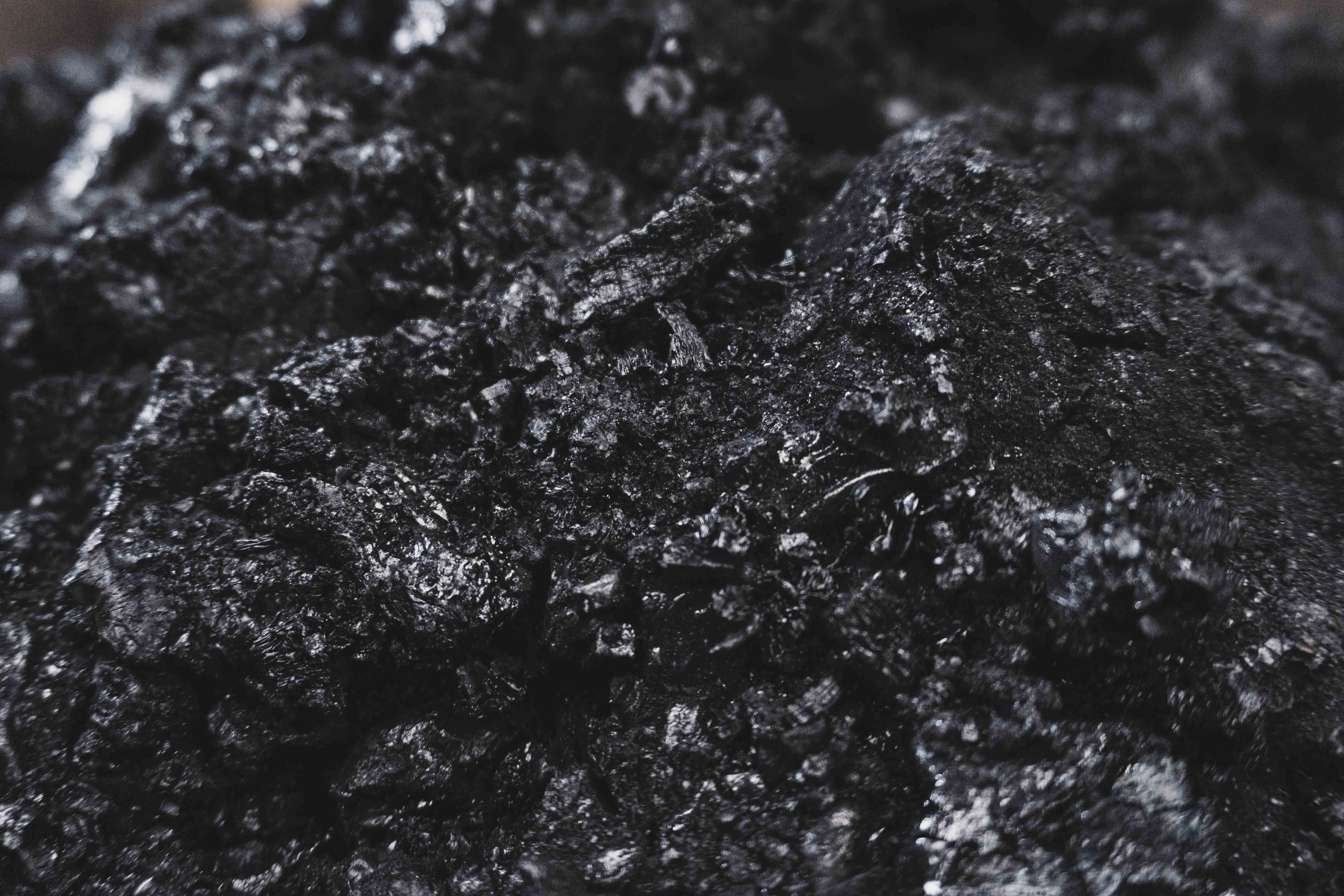HUMIC ACID
WHAT IS HUMIC ACID?
Humic substances, present in all soils and waters, come from decomposing plant elements. They can be fractionated by extraction into humin, humic acids, fulvic acids and ulmic acids. Its salts are called humates, fulvates and ulmates. Standing out as the main fraction, humic acids constitute the biological core of humus.
In fertile soil, the maximum concentration of humic acids reaches 3%, while peat has approximately 3% to 10%. In certain layers of soft lignite (Leonardite), which have not reached the lignite state, humic acids are found with concentrations of up to 85%. Leonardite is distinguished from lignite by a higher degree of oxidation and a higher content of humic acids, as noted above.
Since the discovery of this high concentration of humic acids in Leonardite, its commercial production for agriculture has experienced a notable increase.

MAIN FUNCTIONS OF HUMIC ACID
- Improved water retention capacity.
- It promotes soil aeration, providing a favorable environment for root development.
- Erosion reduction.
- Increase in cation exchange capacity; improves the soil’s ability to retain and supply essential nutrients to plants.
- Enhances microbial activity, releasing nitrogen and contributing to soil health.
- Prevents nutrient losses due to leaching, maximizing efficiency in nutrient absorption.
- Increased availability of Potassium (K).
- Fixation of macro and micro Nutrients.
- Improves cell membrane permeability, promoting root development, seed germination and metabolic activity.
- Uniformity in size and vigor of the crop.


